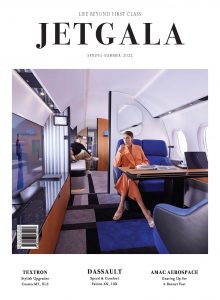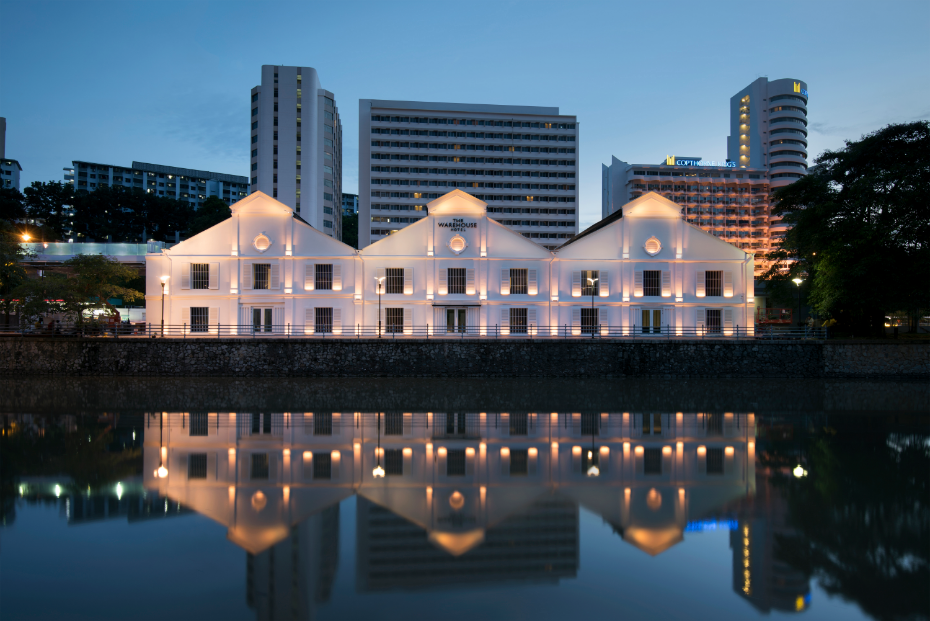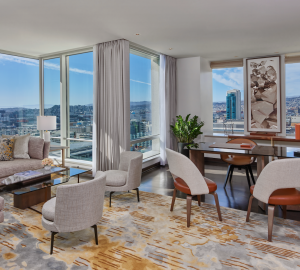5 adaptive reuse hotels that were once old buildings
Instead of tearing down something that has outlived its original purpose, these buildings (and one piece of industrial equipment) are getting a second shot of glory as luxury travel accommodations
1. The Warehouse Hotel, Singapore
Repurposed not just once, but twice is The Warehouse Hotel, a portfolio member of Design HotelsTM. Built in the late 19th century, the original warehouse was used to store goods, as part of the Straits of Malacca trade route. It picked up quite the scandalous reputation when it began operating as an opium den that was also a hotbed of illegal activity – think secret societies, gambling, and liquor distilleries. After the area was cleaned up, the warehouse was converted into one of Singapore’s best discos, hallmarking the lives of youths in the 1980s and 1990s.
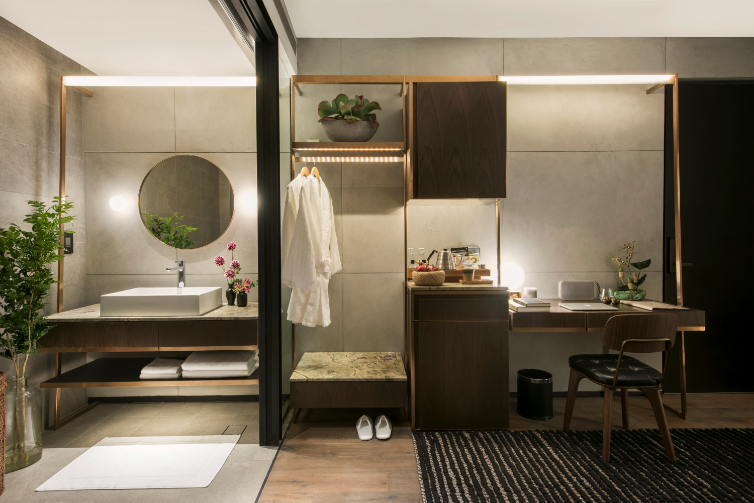
It sat abandoned and empty for nearly two decades before it took on new life as The Warehouse Hotel in 2017. The 37-room boutique hotel has kept distinctive elements of the original warehouse design, such as its double-high ceilings and industrial details, allowing for a luxurious openness in each suite. As homage to the rich heritage of the building and its neighbourhood – Robertson Quay – local gems can be found all around the hotel, such as the use of locally sourced materials and furnishings in the room, and Po, the flagship restaurant that serves an elevated version of Singapore classics.
2. Alila Yangshuo, Guilin, China
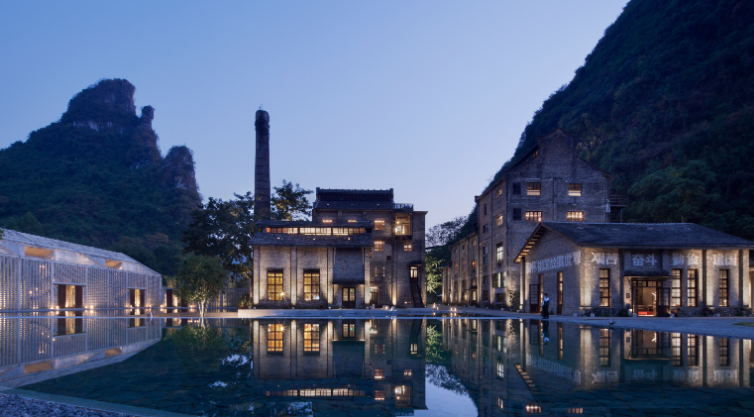
Set within paradise on earth is Alila Yangshuo, a repurposed sugar mill now home to a 117-room resort located in the ethereal karst mountainous area of Guilin, China. Built in the early 1920s by a Chinese entrepreneur hoping to fulfil China’s demand for sugar, the sugar mill was hit by wave after wave of unrecoverable hardships; the Great Depression and WWII forced the entrepreneur to abandon his sweet dreams (no pun intended).
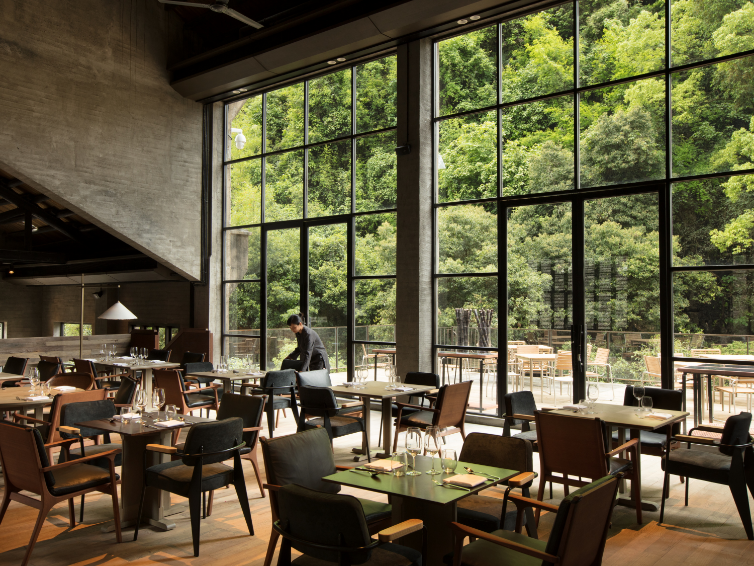
Decades after, Alila Hotels and Resorts has reincarnated the sugar mill into the public area of Alila Yangshuo, where elements of its industrialisation heritage remain intact, such as at Sugar House Restaurant, housed in the former sugarcane pressing room, and the outdoor pool that was once the sugarcane loading dock. Sugar is not left out in areas like the bar and spa either. At 1969 Bar, guests can try their hand at creating their own sugar syrup that is also used in the cocktails served here, while Spa Alila uses local black sugar in body scrubs.
3. THEKRANE, Copenhagen, Denmark
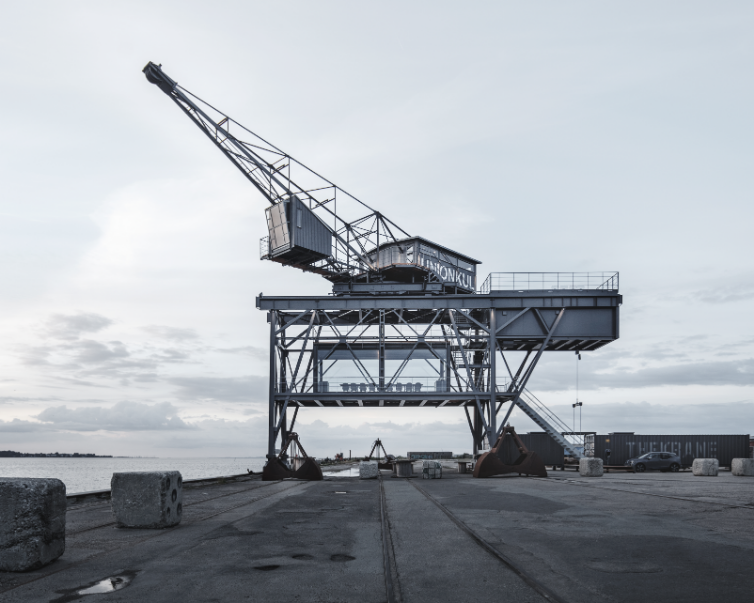
Rather than take on an “easy” task of converting a building into a hotel, visionary owner Klaus Kastbjerg and architect Mads Møller from Arcgency decided to take on the challenge of converting an industrial coal crane into an aesthetic haven called THEKRANE, situated in Nordhavn, a historic port that is being developed into an attractive urban space.
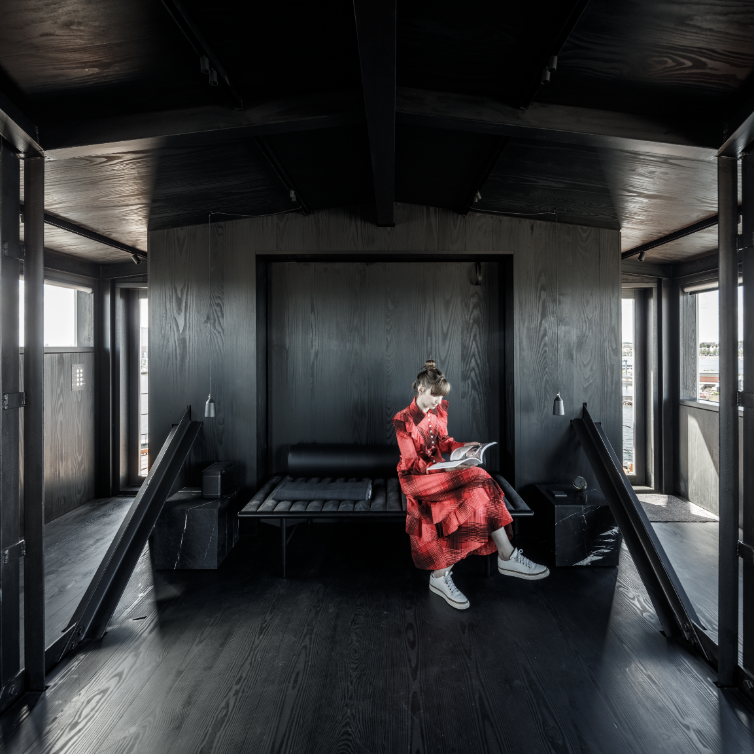
Extremely intimate and exclusive, the retreat has just one room for two guests in the old engine room right at the top of the crane. Done up in all black, including black-painted wooden walls and floors, the interiors are a nod to its coal-loading past, but also purposefully done so to create a soothing ambience and make the views of the harbour stand out from its panoramic windows. The retreat, however, is more than just a one-room hotel, and also includes two meeting spaces, which make use of Danish design to highlight the exposed steel structures. There’s also THEAMAZINGKRANE SPA, which in dramatic contrast to the coal-black used everywhere else, is done up in light stone. Glass functions as both window and wall and overlooks the harbour and sea to create interplay with sea, sky, body and soul.
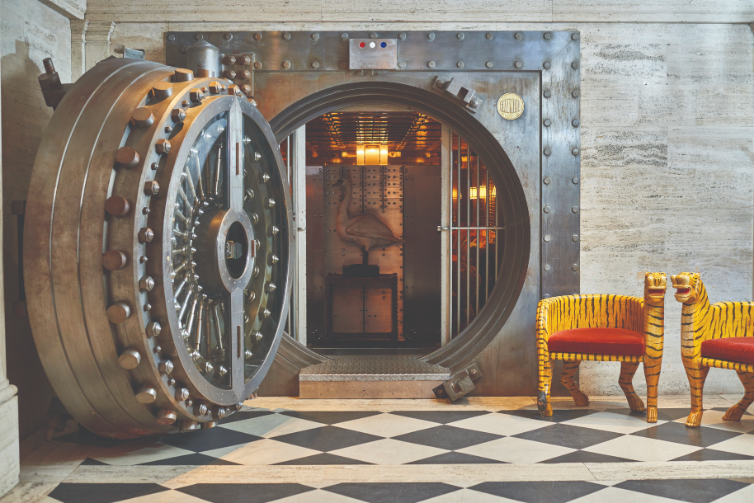
The art deco style of the 1920s is what drew Nick Jones, founder of Soho House & Co, to the beautiful and unused Midland Bank in 2012. While the building had lain empty for nearly eight years, the architecture was well preserved and ripe for a transformation project that would help the building return to its former glory. Jones roped in Sydell Group to help push boundaries of what the building could be by banking (again, no pun intended) on the building’s banking heritage.
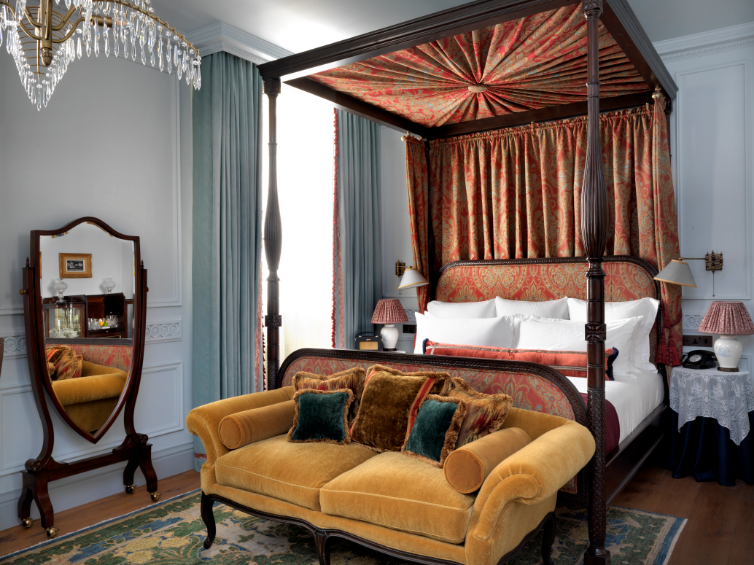
Walking around The Ned today will reveal some of the secrets and key structures kept from the original architecture. Two prime examples are The Vault Door, now the doorway to Ned’s Club, a cosy lounge for members and hotel guests, and The Chairman’s Lift, a fully reinstated lift that was used exclusively by the chairman in the past. The banking hall itself has also been preserved, but split into eight distinctive restaurants separated by 92 verdite columns and rows of walnut banking counters. The glamour of the 1920s is spilt over into the hotel’s 250 rooms too, where antique dressers, walnut panelling and velvet furniture add a touch of class to each space.
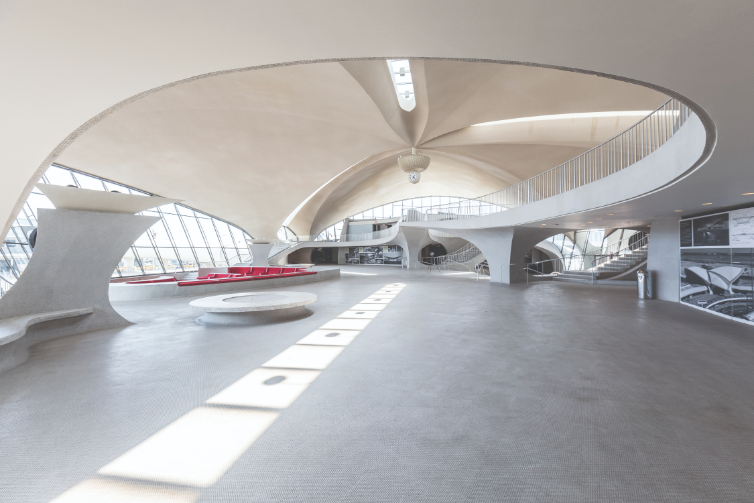
Aviation geeks all over would recognise the TWA Hotel immediately as the old Saarinen-designed TWA Flight Center that opened in 1962, the beginning of the jet age. It closed after 39 years in operation when it could no longer support the size of modern planes. Some two decades later, the iconic terminal is now experiencing a second life as the 512-room TWA Hotel. Most of the landmark building has retained its neo-futuristic architecture, and is where the main lobby, restaurants and bars are located. It also holds a specially curated museum exhibit showcasing personal memorabilia from the heyday of Trans World Airlines, such as in-flight amenities like gilded playing cards, and vintage furniture from the TWA headquarters.
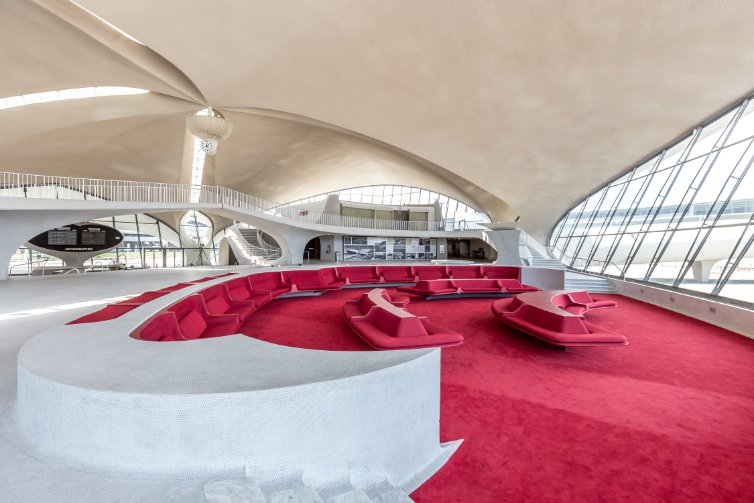
The charm of the Jet Age can also be found at The Sunken Lounge, the distinctively chilli-red hangout with an uninterrupted view of the tarmac outside that now serves up 1960s cocktail favourites to hotel guests. Can’t get enough planes? The Pool Bar, which features an infinity edge pool, is also an observation deck open to hotel guests and visitors to catch planes taking off and landing at the busiest runways at JFK Airport.
